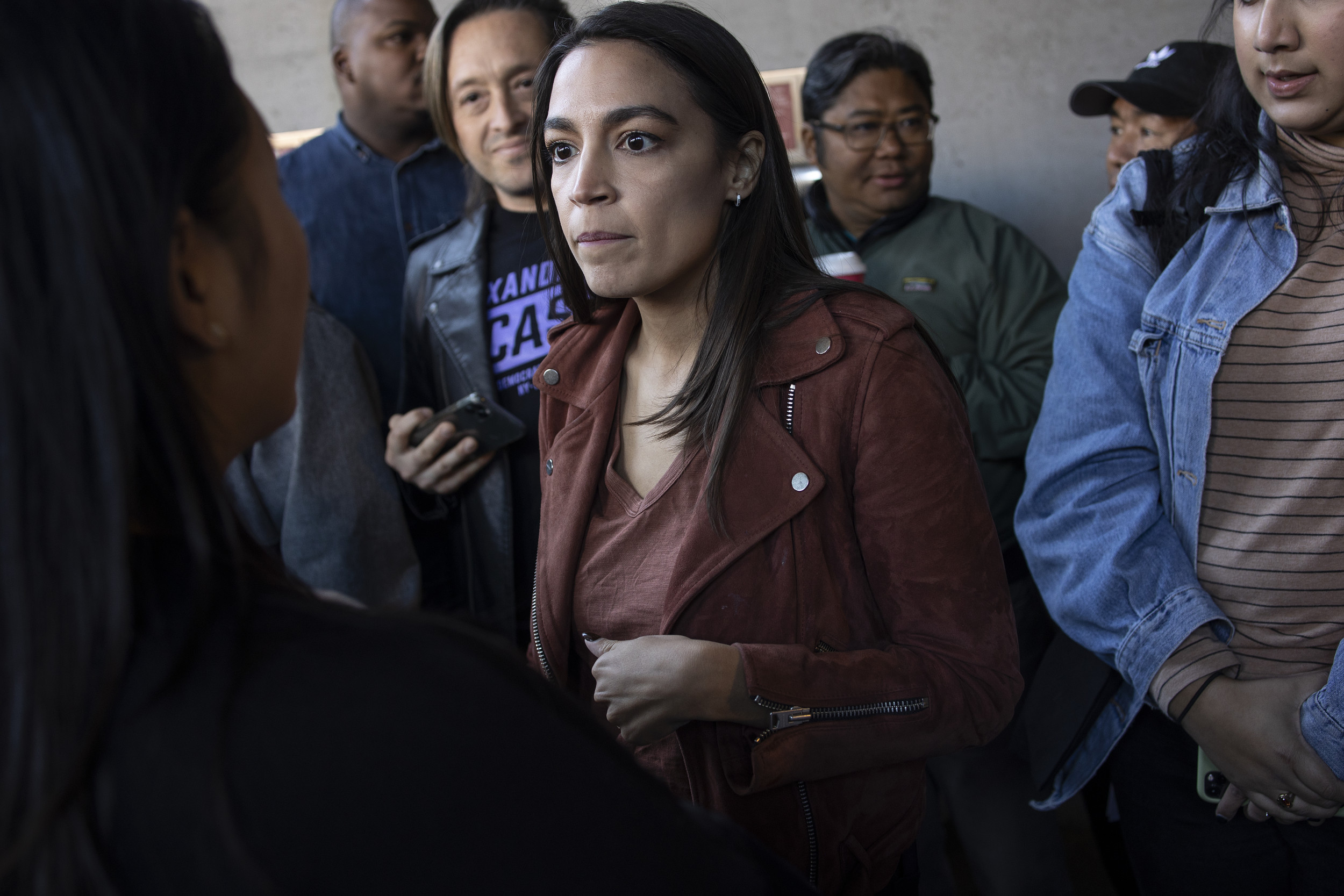Is it even worth explaining any more how the parties in the 1860s are different than the parties now? Aww heck, I'm going to, again, anyway.
It is natural that, over time, what issues are important to people change over time. In our two-party system, that means that who belongs to which party naturally changes as the issues do. Our first two-party system was Federalists and Anti-Federalists (Democratic-Republicans), with the split of state vs. federal government.
By the end of Monroe's second term in 1825, the one remaining party split into Jackson's Democrats and Whigs, over taxes, tariffs, and the National Bank; that system lasted about thirty years, but again, the parties changed as the issues did. The Whigs collapsed, and there were briefly some third, fourth, and fifth parties out there as the second system ended.
The Republican party was founded in 1854 specifically to change the society to fix the massive social problem of the day, slavery. All of those opposed to that coalesced into the Democratic party, the core of which already opposed federal power from the Whig years. That meant the Democratic party was largely a combination of two groups: Pro-slavery Southern conservatives, and business and financial interests in the North. Those guys, vs. the anti-slavery Republicans, was the third system.
After the war, of course, the Southern half of the Democratic party lost virtually all of its representation in DC until at least the end of Reconstruction in 1877. In the next 30 years, there was only one Democrat elected President (Cleveland), and he was from the big-business side of it. By the 1890s, an entire generation had passed since the Civil War, and the big issues had become industrialization, big business, labor, and financial troubles caused in part by a huge financial crash, under Cleveland. William Jennings Bryan railed against the business-friendly gold standard and for the people-friendly silver standard, spearheading the Populist movement, which completely took over the Democratic party. Those big business Democrats felt as if their party didn't represent them any more, probably because it didn't.
Enter a guy you've probably never heard of, Ohio Senator Mark Hanna. He was William McKinley's Campaign Manager, who realized that the Republican's message of making changes to improve the country wouldn't appeal to the populists, so he appealed to the alienated big business interests instead. Hanna and McKinley expressly pointed out that the gold standard would help them make money, and their high tax, high spending position would increase the nation's prosperity. It worked, and most of the big business switched over to support McKinley, not the then-populist Democrats.
This was the fourth system, including the Progressive Era, with important issues that still included industrialization and capitalism, but also a rising importance on social issues. Both parties had progressive agendas, but the Republicans balanced that with pro-business, laissez-faire policies, while the Democrats did so with regulation and labor rights. The fourth system ended when the important issues changed drastically because of the Great Depression, which hit during the administration of the third of three very pro-business Presidents.
The fifth system therefore realigned around FDR's New Deal. Roosevelt argued (successfully) that it was the government's job to protect individual freedoms not only from the government, but from others as well, focusing on consumer protection, corporate regulation, and conservationism. Those who supported the New Deal switched to the Democratic party, leaving the Republican party a coalition of social conservatives and liberal moderates. During this time, issues changed again as civil rights became the main splitting point.
Gradually, mostly between the Civil Rights Act of 1964 and the Reagan Revolution of the 1980s, the parties changed for the fifth time, into the sixth system that we all grew up with: liberal Democrats and conservative Republicans. Of course, it had to: You can't expect voters in 1990 to be split based on who does or does not support the New Deal from 1940, or if we should adopt the gold or silver standard, or whether the Constitution allows a national bank.
Our two parties have shuffled completely at least five times now, and there's a very good chance that we're in the midst of a sixth. They are a popular construct, and always have been, changing based on how the people change around them, not the other way around. Asserting that either party now has anything in common with either party in 1861 only shows that you don't understand the subject.
